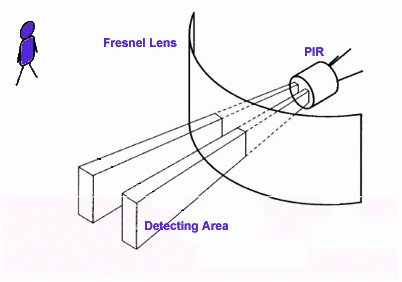Hi there
Thanks in advance for any help you can give on this topic.
I’m looking to place a Passive InfraRed sensor inside a frosted plastic cube as part of a community art project for kids and have run into a problem- the PIR doesn’t pick up any reading through Polyvinyl Chloride Polymer, the material that was being used for molding the frosted cubes.
I am expecting that this is because the frosted plastic is also diffusing the IR light or blocking it entirely. If I trigger the PIR from within clear plastic containers or without any covering, it works and I get a reading.
The challenging factor is that the cube itself needs to be frosted in order to diffuse the light from 4 RGB SMD5050 LEDs. The final result should look like this: Pixel Mosaic
Ordinarily the lens would simply be placed on the outside but this is an artwork and it would be so much more impressive if it isn’t obvious how it actually works.
My question:
Does anyone know how I can get a PIR sensor to respond inside a 3mm thick frosted plastic cube?
Is there a type of frosted plastic that will let IR pass through?
Is there a change to the circuit that could be done (currently just directly going to an ATTiny85 and being amplified in software)?
I am considering an amplification circuit concept but I really don’t know if I’m heading down a futile path with the type of plastic I have. Is it even possible?
The cubes: Photo of plastic cubes
PIR sensors trialed:
- D203S
- D203B
- D204S
PIR Lenses:
- 8308-1 60 degree fresnel lens (specifications and photo)
- 8308-5 90 degree fresnel lens
(no link available)
Thank you for your help.
Kind Regards
Michael.[/list]
